This post may contain affiliate links. At no cost to you, purchases made through these links may result in a small commission for Traveling Transylvania. We never recommend products that we don’t know and trust. Thank you for your continued support!
Welcome to the rich and flavorful world of Romanian wine, a hidden gem among European vineyards. As one of the oldest wine-producing regions in the world, Romania’s viticulture roots run deep, tracing back more than 6,000 years. While Romanian wine may not have the global recognition of its French or Italian counterparts, don’t let that overshadow its unique qualities and intriguing potential.
Uncork your curiosity and pour yourself a glass of fascination as we dive into the captivating world of wines from Romania, a journey that promises to be as enriching as it is enjoyable. Come on – if you know me, you know I couldn’t move to Romania and not write about the wine here. It’s long overdue.
History of Wine in Romania
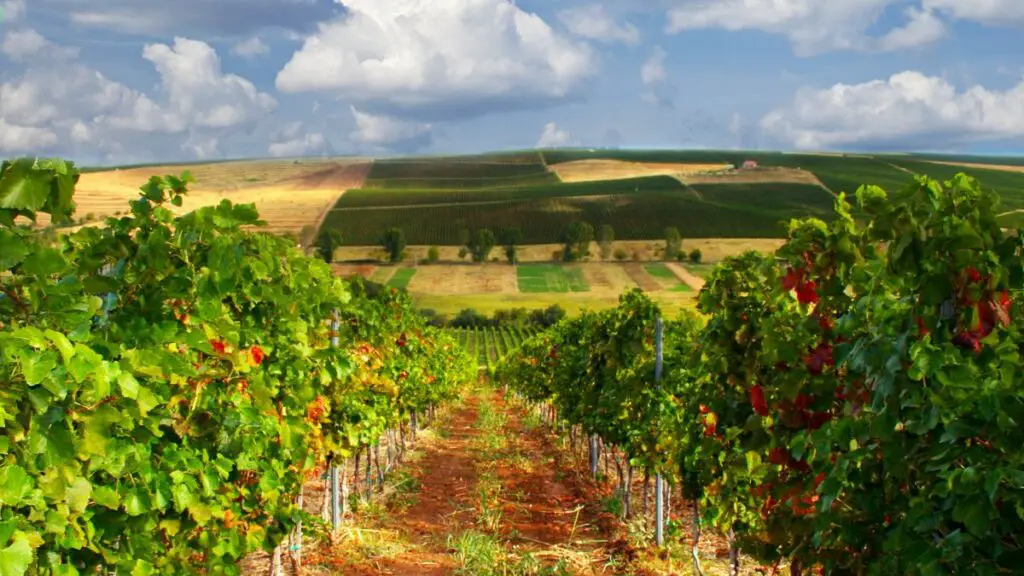
Ancient Roots and Roman Influence
The history of Romanian wine is a tale as old as civilization itself, dating back over 6,000 years. Nestled between the Black Sea, the Carpathian Mountains, and the Danube River, Romania’s fertile lands offered the perfect conditions for viticulture. Archaeological findings suggest that the Dacians, the ancient inhabitants of Romania, had a flourishing wine culture, steeped in rich tradition and mystic rituals.
The wines of Dacia were so prized that they caught the attention of the Roman Empire. When the Romans conquered Dacia in 106 AD, they didn’t merely bring their legions. They also brought their vineyards, planting Roman grape varieties alongside local ones. This union between local and Roman viticulture practices marked the beginning of a rich and diverse wine culture, creating a fusion of flavors that are still found in Romanian wines today.
After the Roman Empire fell, wine production in Romania went through periods of rise and decline. This was due to various invasions, political changes, and religious influences. However, the passion for winemaking never waned among the Romanian people. They still preserved their wine traditions, passing them down through generations.
Modern Revival and Challenges
The modern history of Romanian wine is one of revival and renaissance. The 19th century brought French influences into Romanian viticulture. The French grape varieties such as Merlot, Sauvignon Blanc, and Pinot Noir were introduced. This gave rise to a new era of Romanian wine that blended traditional practices with modern winemaking techniques. Romanian wines began to earn international recognition, winning awards at the Paris World Exposition in 1867.
However, the progress was abruptly halted in the 20th century by the two World Wars and the subsequent Communist regime. Vineyard ownership was nationalized, and quantity was prioritized over quality. The period left a significant dent in the Romanian wine industry. Still, it was not enough to extinguish the inherent love for wine deeply rooted in Romanian culture.
With the fall of Communism in 1989, the Romanian wine industry experienced a resurgence. Re-privatization of vineyards allowed for a renewed focus on quality, and modern winemaking technologies were implemented. Despite the challenges, the resilience of Romanian winemakers shone through. They started to rebuild the reputation of Romanian wine, bringing it back to its former glory.
Today, Romania stands as the sixth largest wine producer in Europe and the thirteenth in the world. Although Romanian wine may still be under the radar in the global market, it carries a unique blend of history, tradition, and potential that makes it a hidden treasure worth discovering. It’s an exciting time for Romanian wine. It continues to gain recognition, with each bottle telling a tale of its rich past and promising future.
Romanian Wine Regions
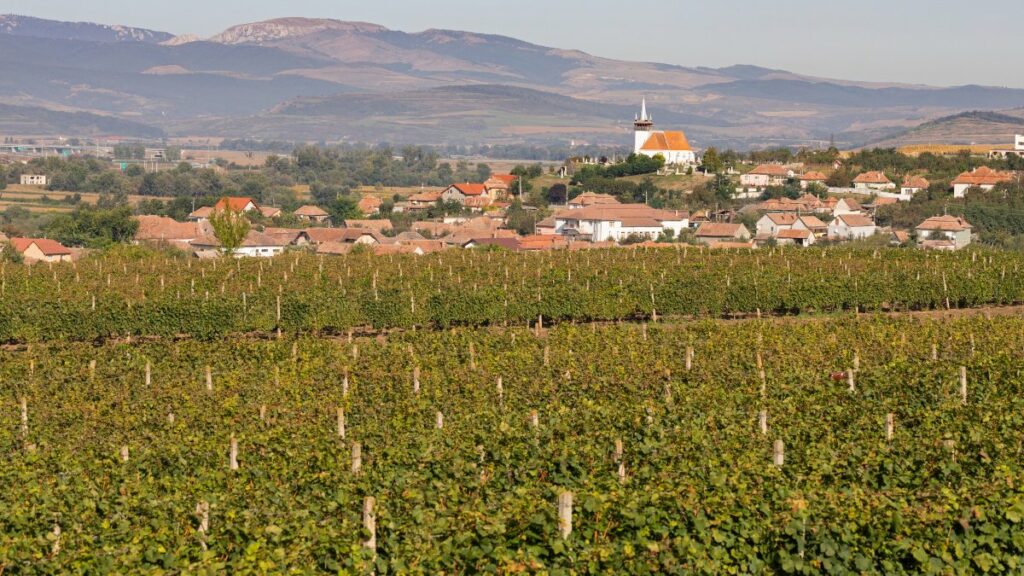
From the distinct terroir of each region springs an array of wine varietals, each with their unique flavor profiles and aromas. This diversity is what makes Romanian wine so special, offering a variety for every palate, from the novice wine drinker to the most discerning connoisseur. So whether it’s the sunny slopes of Wallachia or the cool microclimates of Transylvania, there’s a vineyard in Romania just waiting to be discovered.
Transylvania: A Symphony of Microclimates
Transylvania, a land known for its mythical lore, is also home to a remarkable range of wines, thanks to its diverse microclimates. The region’s position, nestled within the Carpathian basin, creates a unique combination of climatic conditions. This results in an impressive variety of wines. From refreshing white wines to full-bodied reds, Transylvania is a treasure trove of unique flavors.
Among the notable vineyards in Transylvania is Jidvei, known for its exquisite white wines, particularly those from the Fetească Albă and Sauvignon Blanc varieties. Another standout is the Lechinta Vineyard, famous for its dry and semi-dry wines. The microclimate here, with cool nights and hot days, results in wines with a distinct aroma and balanced acidity.
Moldova: The Cradle of Romanian Viticulture
Moldova, located in the northeastern part of Romania, is considered the cradle of Romanian viticulture. Here, there is evidence of wine-making dating back to the Geto-Dacian era. Moldova’s wine culture is rooted in the region’s long-standing history, geographical position, and favorable climatic conditions.
The region’s most significant wine producer is Cotnari Vineyard. They’re renowned for sweet, aromatic white wines, including Grasă de Cotnari, a historical Romanian wine mentioned in documents dating back to the 15th century. The vineyard uses traditional methods, aging their wines in oak barrels to enhance their rich flavor profile.
Wallachia: The Land of Sun-Warmed Grapes
Wallachia, with its warm, sunny climate, is perfect for ripening grapes, resulting in robust and flavorful wines. The vineyards of Dealu Mare, located in the southern part of Wallachia, are especially famous for their red wines, producing some of the best Cabernet Sauvignon, Merlot, and local Fetească Neagră wines in Romania.
Banat: A Tradition of German Influence
In the western region of Banat, the wine tradition is heavily influenced by its historical ties to the Austro-Hungarian Empire and German settlers. The Minis-Măderat vineyard, one of the oldest in the country, is well-known for its red wines, particularly the Cadarcă, a variety that has been cultivated here since Roman times.
Romanian Wine Varietals
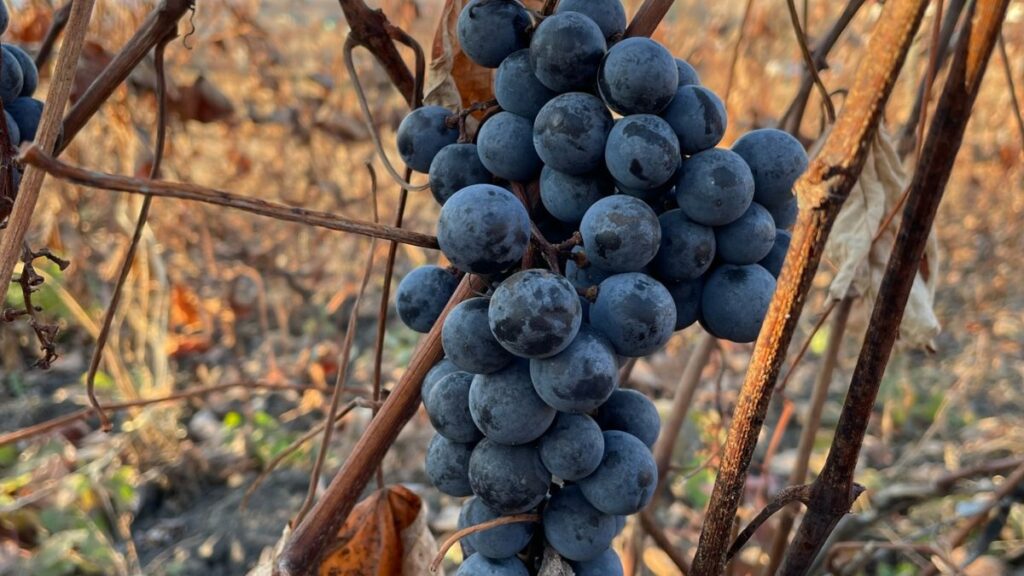
Exploring Romanian wine is an exciting journey of discovery, with every varietal and blend offering a new taste experience. Each bottle tells the story of its region, its climate, its soil, and the people who have poured their passion into creating it. From the indigenous grapes to the international classics, Romanian wines offer a symphony of flavors waiting to be savored.
Indigenous Reds: A Taste of Romania’s Soul
Romania prides itself on its indigenous grape varieties that capture the essence of the country’s unique terroir. Among the reds, Fetească Neagră, meaning “Black Maiden,” stands out. This ancient variety is predominantly grown in Moldova and Muntenia. Fetească Neagră produces full-bodied, tannic wines with aromas of red and black fruits. The wine is often aged in oak to develop spicy complexities.
Another local star is the Cadarcă, grown primarily in Banat. This grape dates back to Roman times and results in wines with a light body but complex flavors, often featuring earthy and red fruit notes. Negru de Drăgășani is a relatively new variety from the Drăgășani region. It’s gaining attention for its well-structured, aromatic red wines that balance acidity and tannins beautifully.
Indigenous Whites: Celebrating Diversity
Romania’s white wines are as diverse as they are delicious. Fetească Albă, the “White Maiden,” is a cousin of Fetească Neagră. Grown extensively in Transylvania and Moldova, it produces aromatic, medium-bodied wines with apple, pear, and floral notes.
Tămâioasă Românească, known for its muscat-like character, is another noteworthy variety. This grape produces sweet, aromatic wines with flavors of honey, tropical fruits, and spices. It’s often associated with the golden wines of Cotnari.
Crâmpoșie Selecționată, from the Drăgășani region, deserves a special mention. This grape variety gives life to vibrant, fresh wines with high acidity and citrus fruit flavors. You couldn’t ask for a more perfect summer wine.
International Varieties: A Fusion of Traditions
Alongside its indigenous varieties, Romania also cultivates many international grape varieties, bringing its unique spin to these well-known grapes. Pinot Noir from Transylvania and Dealu Mare is notable for its elegance and depth, often showcasing a delicate balance of fruit and earthy notes.
Merlot and Cabernet Sauvignon thrive in the sun-drenched vineyards of Dealu Mare in Wallachia, producing wines with ripe fruit flavors, firm tannins, and good aging potential. Chardonnay, Sauvignon Blanc, and Riesling are also found throughout Romania, each expressing a distinctive character depending on the region’s climate and soil.
Rosé and Sparkling Wines: Beyond the Classics
Rosé wines, particularly those made from the indigenous Fetească Neagră, are popular in Romania, delivering fresh, fruity, and versatile wines. Also noteworthy is Romania’s growing production of sparkling wines. Romanians employ both the traditional method (similar to Champagne) and Charmat method (like Prosecco). These wines often feature native grapes like Fetească Albă, offering a unique Romanian twist to the effervescence.
The Rise of Good Romanian Wine in the Global Market
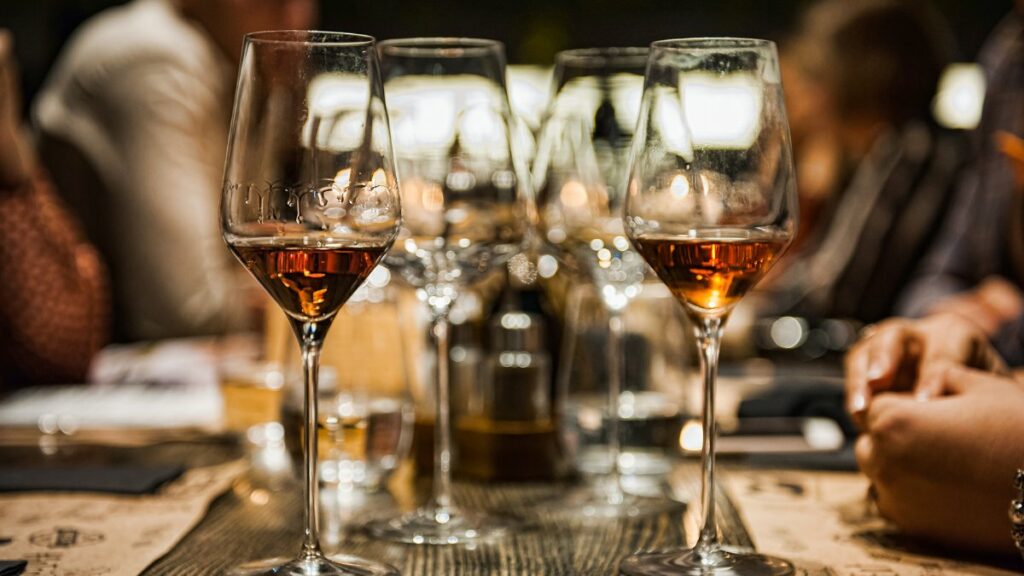
Romanian wines are starting to come of age, stepping out of the shadows and into the limelight. As they continue to capture the palates of wine lovers worldwide, the future of wine in Romania is looking promising. For the discerning wine explorer, there is much to anticipate from this emerging player in the world of wines. From vibrant whites to robust reds and tantalizing rosés, Romanian wine offers a new frontier of flavors waiting to be discovered.
Recognition and Accolades
Although Romanian wine may not yet have the universal recognition of its French or Italian counterparts, the tide is turning. Over the past decade, Romanian wines have made a significant impact on the global stage. They’ve received numerous awards and accolades that highlight their quality and diversity.
At international wine competitions such as the Decanter World Wine Awards and International Wine Challenge, Romanian wines have consistently held their own against renowned wines from across the globe. Native varietals like Fetească Neagră and Tămâioasă Românească have earned praise, demonstrating that indigenous Romanian grapes can produce wines of outstanding quality.
Wineries like Cotnari, Cramele Recaș, and Davino have received recognition for their exceptional wines. Their success stories are putting Romania on the world wine map. These renowned vineyards invite wine lovers and critics alike to explore the untapped potential of Romanian wine.
Challenges and Prospects
Despite the growing recognition, the Romanian wine industry faces several challenges. Internally, it needs to continue upgrading its wine production technology and improve marketing to help raise the profile of its wines domestically and globally. Understanding the market trends and shifting consumer preferences is also essential. This is especially true in the light of the increasing demand for organic and sustainably produced wines.
On the international front, breaking into the global wine market dominated by established wine-producing countries can be tough. However, with a clear, targeted strategy that focuses on the unique selling points of Romanian wines, such as its indigenous grape varieties and excellent price-quality ratio, Romania has the potential to carve out its niche.
Romania’s membership in the European Union also opens opportunities. This allows access to a vast market and support for rural development and modernization of vineyards. Winemakers are optimistic about the future and continue to focus on enhancing the quality of their wines and preserving the unique character derived from Romania’s diverse wine regions.
Exploring Transylvania’s Wine Cellars
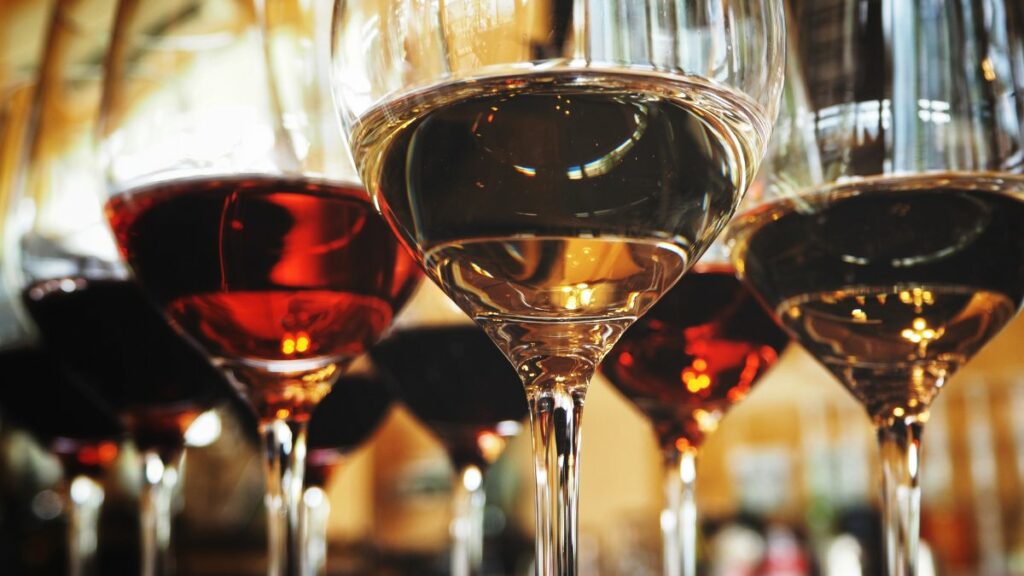
From ancient castles to innovative wineries, Transylvania’s wine cellars offer a fascinating blend of history, culture, and wine. Each winery has its unique story to tell and a diverse selection of wines to taste. This alone makes a trip to these cellars a memorable part of any Romanian adventure. Whether you’re a wine novice or a seasoned connoisseur, the wine cellars of Transylvania promise a unique and exciting experience that goes beyond the usual wine trail.
Jidvei Winery
Nestled within the heart of Transylvania, Jidvei Winery is an unmissable destination for any wine lover. The winery, located in the Târnave wine region, is one of Romania’s largest wine exporters. It’s renowned for its exceptional white wines. Jidvei’s cellars hold a selection of high-quality wines made from both local and international grape varieties, including their celebrated Fetească Regală.
Visitors to Jidvei can tour the expansive vineyards and, of course, indulge in a wine tasting experience. Here, under the expertise of knowledgeable guides, you can discover the diverse flavors of Jidvei wines, including sparkling wines, and understand the passion and precision that goes into every bottle. In addition, you’ll be able to tour one of the most beautiful castles in Transylvania – the Bethlen Castle, which houses the winery.
Liliac Winery
Liliac Winery, or “The Bat Winery,” as it is affectionately known, blends traditional wine-making techniques with modern technology to produce a range of compelling wines. The winery, located in Lechința, one of the oldest wine regions in Transylvania, places emphasis on the local terroir, ensuring that each wine reflects the unique character of the region.
The winery offers guided tours that take visitors through the process of winemaking, from grape to bottle. The journey culminates in a tasting session where you can savor their selection of wines, including the native Fetească Albă, alongside local cheeses and charcuterie.
Crama La Salina
Just a short drive from Turda Salt Mine, one of Transylvania’s most popular tourist attractions, lies Crama La Salina. This winery is unique as it ages its wines in a cellar within the ancient salt mine. The microclimate of the mine creates a natural environment for aging wines, contributing to their complexity and depth.
Visitors to Crama La Salina can explore this unique cellar, learn about the history of the salt mine, and enjoy a guided tasting of their wines, including the local Mustoasă de Maderat.
Ballasi Wine Cellars
Ballasi Wine Cellars, situated in the picturesque Apold village, is known for its traditional method of producing sparkling wines. The family-owned winery crafts its wines with utmost care and dedication, resulting in expressive and elegant bubbles.
A visit to Ballasi offers a chance to learn about the traditional method of producing sparkling wine and to taste their exquisite offerings in a charming, rustic setting. The experience provides an intriguing glimpse into the growing diversity of Romanian wines.
Savoring Romanian Wine
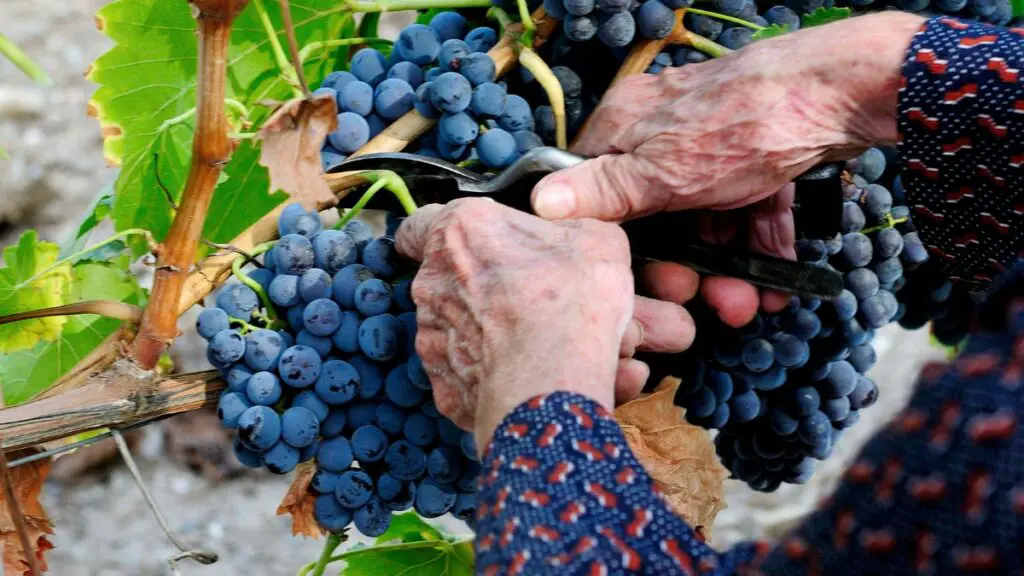
Romania, with its rich viticulture history, diverse microclimates, and array of both indigenous and international grape varieties, presents an intriguing and exciting landscape for wine lovers. Each wine region, from the sun-soaked vineyards of Wallachia to the cool-climate slopes of Transylvania, contributes to the country’s vibrant and diverse wine culture.
The journey into Romanian wine is an exploration of history, culture, and flavor. Each sip offers a taste of Romania’s unique terroir, a testament to the country’s wine-making heritage, and a hint of the bright future that lies ahead for Romanian wine.

